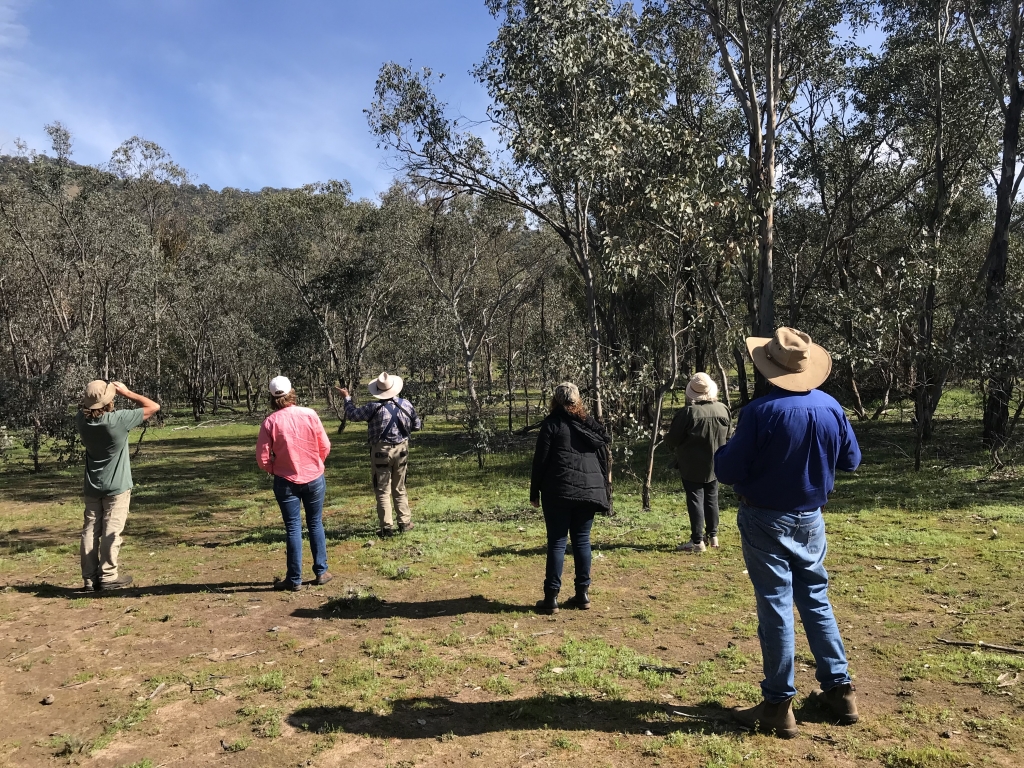
Environmental groups are working with citizen scientists to find out where the landscape has been depleted so they can lend a hand.
From breathtaking raptors to singing warblers and tiny treecreepers the Upper Lachlan has over 200 species of birds. Prior to land clearing the area had good quality habitat to support the specific requirements of species like the Powerful Owl; environmental groups are working with citizen scientists to find out where the landscape has been depleted so they can lend a hand.
K2W Glideways is calling all experienced twitchers, beginner birdwatchers and citizen scientists to participate in their summer survey series with local ecologist Tony Saunders on a guided walk through reserves and farmland to spot woodland birds and identify them by sight and calls.
The K2W Glideways summer surveys are supported by the Great Eastern Ranges and WWF-Australia as part of a broader bushfire recovery effort.
“The K2W Link supports a rich diversity of birdlife, but the prolonged drought and ongoing habitat loss and fragmentation have impacted the size and health of their populations. By participating in these bird surveys, the community will be collecting valuable data that helps inform on-ground efforts that support their feathered neighbours,” says Gary Howling, CEO of Great Eastern Ranges.
Sitting at the top of the Great Dividing Range and bordered by the heritage-listed Greater Blue Mountains National Park and the mountainous Abercrombie River National Park the Upper Lachlan provides a diversity of habitats from woodlands and forests to wet lagoons and rural farms to mountain ranges and plateaus. Eleven species listed on the Threatened Species Conservation Act call the district home and a further nine threatened species frequently visit the district.
Old growth trees and shrub layers provide shelter for nesting, concealment and protection from bushfires and rising temperatures. It can take at least 150 years for a tree hollow to form that is large enough for birds like the Powerful Owl to nest in. Prey species including gliding possums and possums also nest in hollows.
Fragmented landscapes has decreased the likelihood of prey animals for carnivorous birds and they now need a larger area to support them. A pair of Powerful Owls in a depleted habitat would need up to 4000 hectares. Raptors and owls are also impacted by the disturbance of wind turbines in their environment.
K2W Glideways is working to reconnect and restore the landscape where land clearing has occurred for agricultural, residential and industrial use. Summer surveys capture data on the abundance of species of birds, breeding patterns, and their preferred habitat and will be used by environmental groups and governments for the welfare and protection of these animals.
Birdwatching is a way to observe beautiful birds in their habitat while assessing the species and the landscape. Come and learn local bird species and where you might find them, tips and tricks for identifying a range of bird species, how to use apps to record data, how to increase bird diversity on farms and revegetation and habitat enhancement for bird life.
